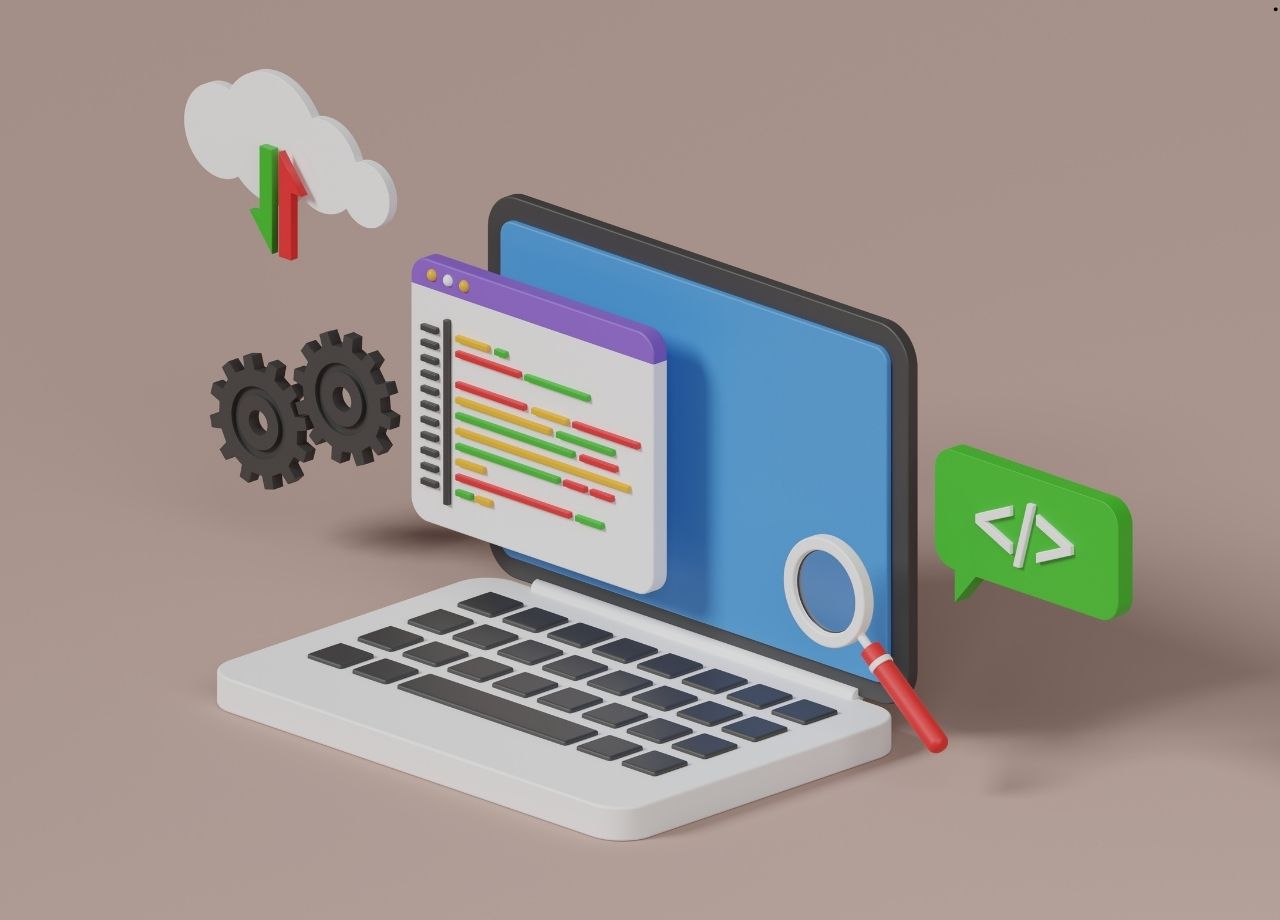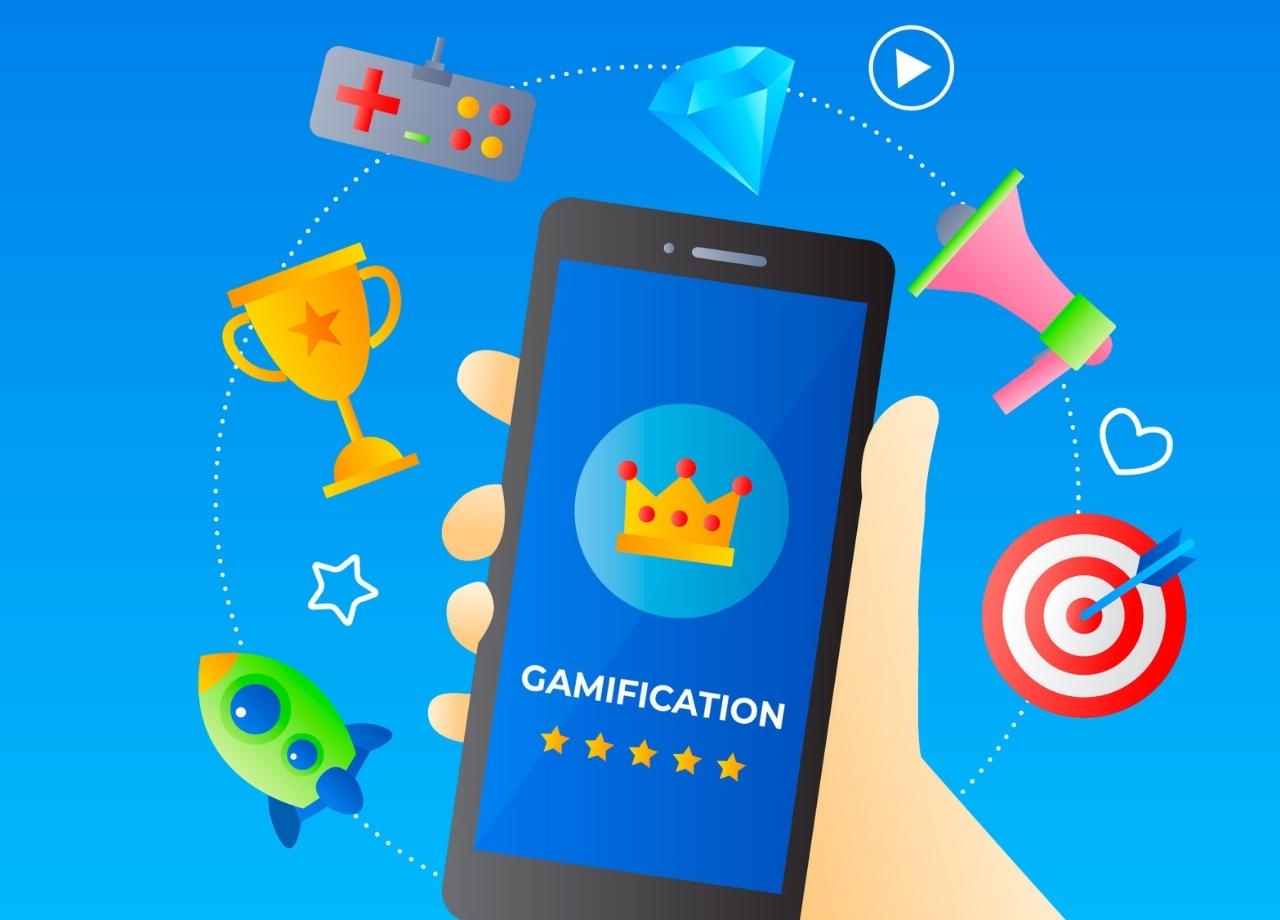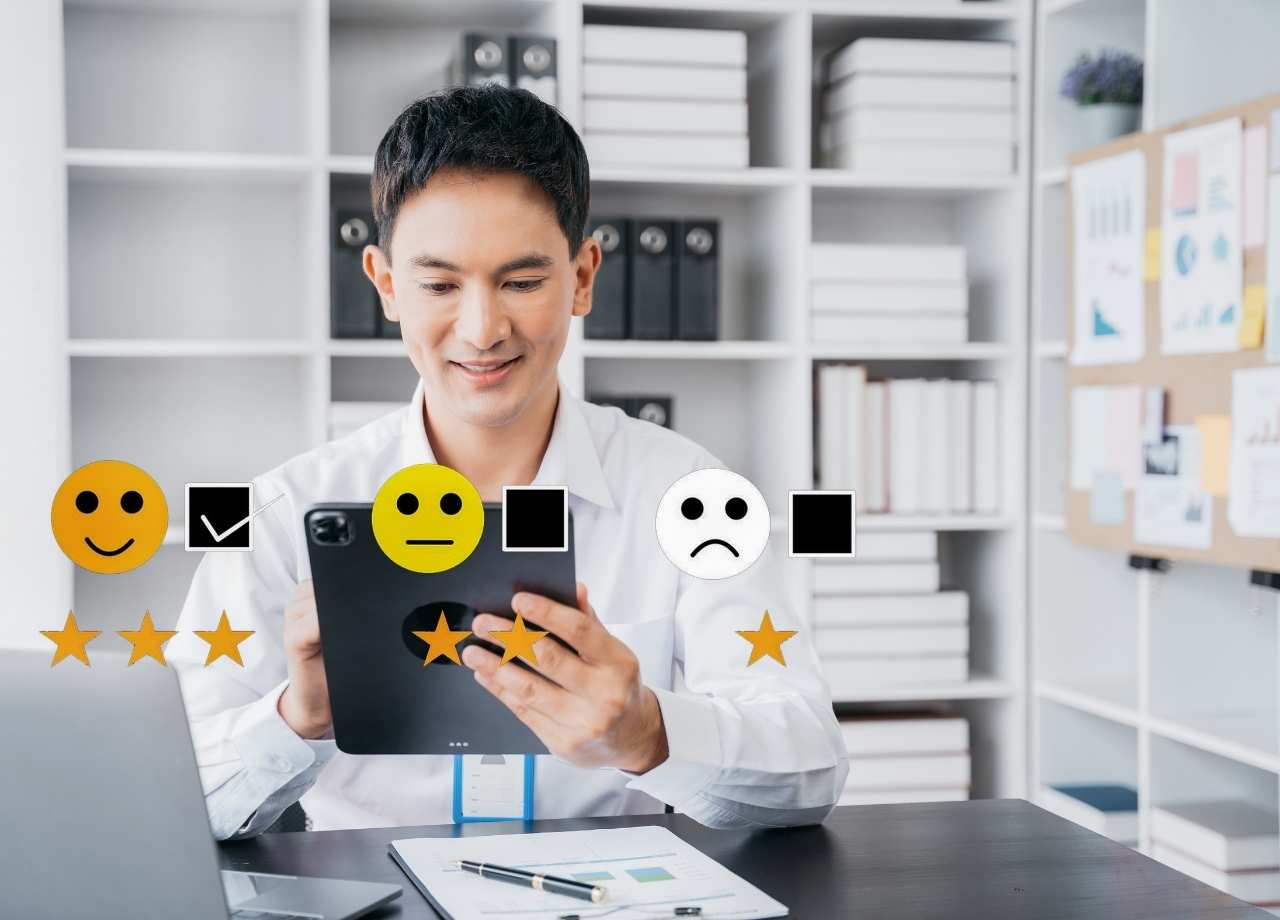
Offering discounts or collecting points isn’t enough to keep customers engaged. A well-designed gamified loyalty program can make all the difference by transforming routine transactions into exciting, interactive experiences. By leveraging elements like challenges, progress tracking, leaderboards, and surprise rewards, brands can encourage repeat purchases, deepen emotional connections, and create an engaged community of loyal customers.
So, how do you design a gamified loyalty program that not only excites your customers but also keeps them coming back for more? This article will explore the key strategies and essential elements for creating a successful gamified loyalty program that drives repeat purchases.
Understanding Gamification in Loyalty Programs
What Is Gamification?
Gamification is the use of game-like elements—such as points, challenges, levels, and rewards—in non-gaming contexts to enhance engagement. In loyalty programs, gamification encourages customers to interact with the brand in fun and rewarding ways, increasing retention and purchase frequency.
Some common gamification features include:
- Progression-based challenges (e.g., completing a set number of purchases to unlock a reward).
- Prize-based mechanics (e.g., spin-to-win wheels or surprise bonuses).
- Leaderboards and social sharing (e.g., competing with others for rewards).
- Badges and achievements (e.g., unlocking VIP status for engaging frequently).
Why Is Gamification So Effective?
Gamification taps into fundamental psychological drivers, such as:

- Intrinsic motivation – Customers feel a sense of accomplishment and progress.
- Social influence – People enjoy competing and sharing achievements.
- Fear of missing out (FOMO) – Limited-time challenges push customers to act.
- Rewards-based reinforcement – Customers are incentivized to repeat behaviors to earn more rewards.
Studies show that gamified loyalty programs can increase engagement by 47% and brand loyalty by 22%, making them a powerful tool for customer retention.
Defining the Goals of Your Gamified Loyalty Program
Before implementing gamification, it’s important to define clear objectives. Ask yourself:
- What customer behavior do you want to encourage? (e.g., repeat purchases, referrals, social media shares).
- What rewards can you offer? (e.g., discounts, exclusive experiences, free products).
- How will you track and measure success? (e.g., engagement rates, purchase frequency, retention rates).
By setting well-defined goals, you ensure that the gamified elements align with your brand’s overall loyalty strategy.
Choosing the Right Gamification Elements
To design a compelling gamified loyalty program, you need to integrate game mechanics that resonate with your audience. Here are some of the most effective strategies:
Progress-Based Challenges & Badges
Encourage repeat purchases by rewarding customers for completing challenges. For example:
- "Buy five coffees and get the sixth free."
- "Shop three times this month and unlock a VIP discount."
- "Write three product reviews and earn a special badge."
Best Practice: Nike Run Club gamifies customer fitness goals by offering badges and rewards for completing running challenges, keeping users engaged and loyal.
Prize Wheels & Mystery Rewards
Adding an element of luck and excitement can drive engagement. For example:
- "Spin the wheel to win a discount, free product, or bonus points!"
- "Scratch a digital card to reveal your surprise reward."
Best Practice: Yeo Valley Organic’s “Yeokens” program lets customers scan product codes to earn points, which they can use to enter prize draws and spin a digital prize wheel for surprises.
Social Sharing & Leaderboards
Customers love sharing their achievements, and friendly competition keeps them engaged. You can:
- Create social media challenges where users post photos with your product to earn points.
- Introduce a leaderboard where top customers get exclusive perks or VIP status.
- Reward referrals by giving customers bonus points when they invite friends.
Best Practice: Simply Be Perks rewards customers for uploading pictures of themselves wearing their favorite outfits, increasing user-generated content and brand advocacy.
Gamified Surveys & Quizzes
Engaging quizzes not only entertain customers but also help brands gather valuable data. For example:
- A style quiz to recommend personalized outfits.
- A trivia game where customers earn points for answering correctly.
Best Practice: Victoria’s Secret Pink Nation App features daily trivia games, polls, and quizzes to keep customers engaged while gathering valuable preferences data.
Digital Treasure Hunts
Encourage customers to discover your products through an online or in-store treasure hunt. For example:
- "Find hidden codes in our store and scan them to unlock rewards!"
- "Spot the special product on our website and earn a discount."
Best Practice: Virgin Red Loyalty App launched a nationwide treasure hunt where customers found hidden virtual coins, increasing app engagement and brand awareness.
Personalizing the Loyalty Experience
A successful gamified loyalty program should be personalized to each customer’s preferences. Here’s how:
- Use AI-powered recommendations – Suggest rewards based on past purchases.
- Offer tiered experiences – Allow customers to progress through different membership levels with increasing perks.
- Send personalized notifications – Remind users of challenges, milestones, and new rewards.
Starbucks Rewards does this exceptionally well, offering personalized challenges and sending mobile notifications to encourage repeat purchases.
Creating a Seamless User Experience
For a gamified loyalty program to succeed, it must be easy to use and accessible. Consider:

- Mobile-first design – Most users engage with brands via their smartphones, so a mobile-friendly interface is key.
- Clear reward structures – Customers should easily understand how to earn and redeem rewards.
- Integrated tracking – Let users track their progress in real time (e.g., a visual bar showing how close they are to their next reward).
Best Practice: Tmall’s gamified loyalty app includes a virtual avatar feature where customers earn points and rankings, adding a fun, interactive experience.
Measuring Success and Optimizing the Program
A gamified loyalty program should evolve based on customer feedback and performance data. Regularly track:
- Engagement rates – How often customers interact with gamified features.
- Redemption rates – The percentage of rewards redeemed by customers.
- Repeat purchase frequency – Whether gamification leads to more frequent transactions.
Continuously refine the program by testing new mechanics, adding fresh challenges, and ensuring rewards remain relevant and enticing.
A well-designed gamified loyalty program goes beyond traditional points systems—it creates an interactive, exciting experience that keeps customers engaged and coming back for more. By integrating challenges, rewards, surprise elements, and social engagement, brands can boost customer loyalty, increase sales, and foster deeper emotional connections.
Ready to level up your loyalty strategy? Implement gamification today and watch your customer engagement soar!

